
PROMOTED BOOK OF THE CHURCH OF ST. APOSTLE LUKE IN KOTOR
"It is a privilege to have a church like we have the church of St. Apostle Luke from the 12th century (1195) from the era of Nemanjić, in which most probably St. himself served. Sava", said the archpriest of Kotor-Tivat, parish priest of Kotor, archpriest Nemanja Krivokapić.
Addressing those present in the treasury of the Serbian Orthodox Church in Kotor yesterday at the promotion of the book "The Church of St. Apostle Luke in Kotor, attended by the representative of the Ministry of Foreign Affairs and the Consulate General of the Republic of Serbia, Veselin Radović, Fr. Nemanja reminded that this cultural event is organized as part of the program of the celebration of 185 years of work and existence of the Serbian Singing Society Jedinstvo (SPD) (1839) Kotor.
"This is the first in a series of events within the cycle of celebrating 185 years of SPD Unity. As part of the celebration, we will have the honor and joy of having the Patriarch of Serbia, Mr. Porfirje", said Fr. Nemanja, saying that the publication of the book was long awaited and announced, and that it was planned by the beatified Fr. Momo.
He also reminded that a scientific meeting was held in the treasury on the occasion of the 800th anniversary of Church of St. Luke, about which a collection was published.
"The book before us is based on the data from that scientific meeting, with beautiful photographs taken by our Stevan Kordić. Stevan and Ljilja also worked with us on the book celebrating the 50th anniversary of the beginning of the construction of the church of St. Peter of Cetinje, and the church of St. Nikola", said Fr. Nemanja.
In the words of prof. The Ministry of Foreign Affairs of the Republic of Serbia and the Administration for Cooperation with the Diaspora and Serbs in the Region helped Ljiljane Čolan print the book, as if everything is happening within the Father Momo projects.
As she said, the first part of the collection is a story about social circumstances in Kotor in the 12th century, when the church of St. Apostle Luke with the founding inscription on the stone slab above the entrance door (the founder of the church is Mavro Katsafrangi).
"Here we are talking about everything that can intrigue you when it comes to the building and cult and iconography of St. Luke in Orthodoxy until the middle of the 15th century. then a look at Valentin Baće's frescoes and a memory of the Roman church from that period. I also draw attention to Bishop Amfilohi's text, which talks about the Benedictine and Saint Savan tradition in the littoral," said Čolan, emphasizing the study of the inscriptions on the medieval frescoes in the church of St. Ports and in Boka Kotor.
The Archives of the Serbian Orthodox Church Municipality of Kotor were used in the work, and significant material was prepared by Fr. Milivoj Bakić.
Cholan reminded of her gratitude to Fr. To the artists (Miće Popović, Mladen Srbinović, Petar Omčikus, Reljić, Mir Glavurtić...) who opposed the demolition of the Lovćenska chapel, and the construction of the church of St. Petr Cetinsjkog in Prčanje (replica three times larger in floor plan). They gave away the drawings displayed in the treasury (the catalog "Udar nadze iskru u kamene" was also published about this).
Speaking about the architecture of the church, he points out that it has been largely preserved as it was in 1195.
"Regarding the construction typology, the Kotor church of St. Luke is one of a series of single-domed churches that were built in western Serbian lands starting at the end of the 11th century. However, it is similar to the single-domed churches in southern Italy, and their origins are in Byzantine architecture. Features of the classicism of the Byzantine architecture of that time are flat stone facades built rhythmically. The dome system of the church of St. Luke is distinguished by its shape in one of the articles by Milka Čanak Medić, who believes that similar forms were represented in the cathedral of St. Tripuna in the first half of the 12th century, so that the church of St. In this spatial arrangement, Luke unites somewhere with some churches from Apulia, but also with temples in Raš, such as Studenica, for example. Other characteristic forms of the Church of St. Ports, such as sickle arches and richly decorated capitols, have their origins in previous Kotor architecture, so there is a lot of accented exterior that represents everything that was built of stone in Kotor. In science, the area that is also related to Metohija is certainly being thought of here, because in some documents Visoki Dečani are also related to those areas", said Čolan, among other things.
Stevan Kordić said that the church of St. Luke contains several layers.
"The church is a product of the medieval Mediterranean culture that includes Byzantium and the West, especially Apulia, where the main artistic influences came to us at the time when the church of St. Luke. It is also very important that local traditions are observed, which again means that Kotor was not already a place that imported traditions and artistic experiences from other areas, but managed to create a synthesis that would be its own. This synthesis continues to spread across the Balkan mainland, and in this time, first into medieval Serbia, and then beyond. Let's remember the builder of Visoke Dečani, fra Vito Kotoranin, who built Visoke Dečani with his craftsmen. It is assumed that the painting was done by painters from Kotor. At that time there was a colony of Greek painters here. We know that they also painted the cathedral of St. Tripuna. There is still a preserved contract about that painting. We can certainly assume that Greek painters worked in a wider area than Kotor", said Kordić.
When it comes to the book itself, Kordić said that it is a small monographic form.
"We tried to show photographically first the architectural elements, and also the elements of the joints that Ljilja mentioned, as well as the elements of paintings, icons and frescoes. As for the frescoes themselves, one relatively small segment has been preserved - the saint and two saints. Art historians still do not have a single opinion about which saints they are. It is quite certain, in my opinion, that one of the saints is a Byzantine princess, or empress, and for the others it is still an open discussion as to who they could represent. The iconostasis itself is partly the work of our local school - Dimitrije Rafailović Paskal. In the church of St. Luke, we certainly have the works of the founder of this school, which makes us a special honor. We also have numerous works by Italokrit masters, which is an indication that in the later period we also communicated with the wider area of the Levant", Kordić said, among other things.
Copies of the book were distributed to the audience, and the promotion was held as part of the celebration of 185 years of work of the Serbian Singing Society Jedinstvo (1839) Kotor.
PHOTOS
RELATED ARTICLES
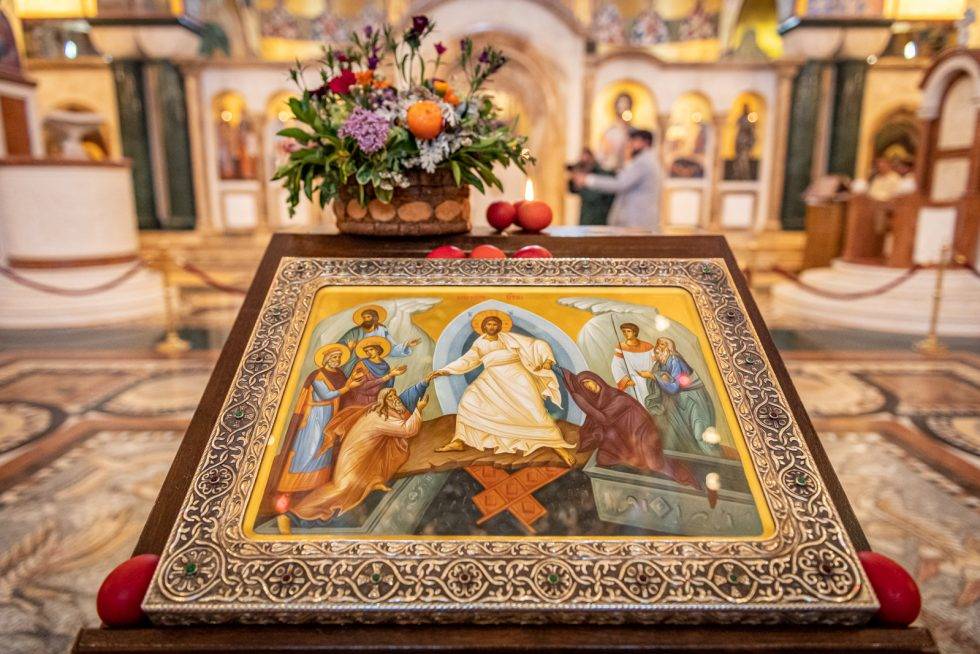
Easter Tuesday
Maundy Tuesday, Easter Tuesday (Greek: Τρίτη...

Serbian Patriarch Porfirije Travels to Moscow Today
Responding to the fraternal call of His Holiness Patriarch of Moscow and All...

Calendar for April 21 Easter Monday
Early on Sunday, before dawn, Mary Magdalene, Mary the mother of James, Salome...




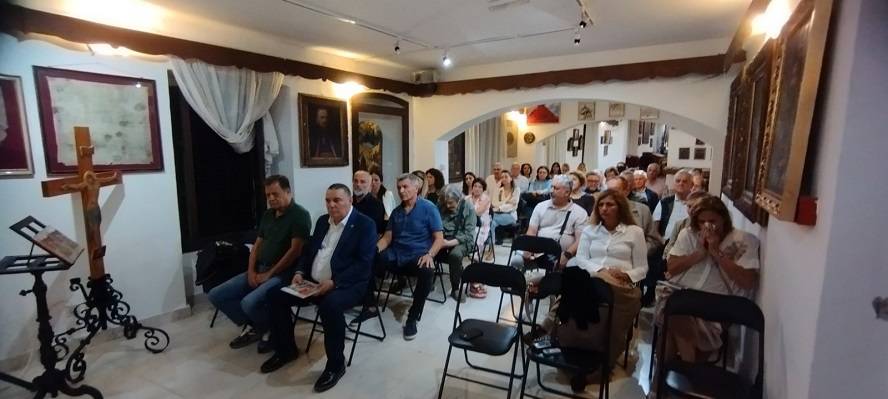
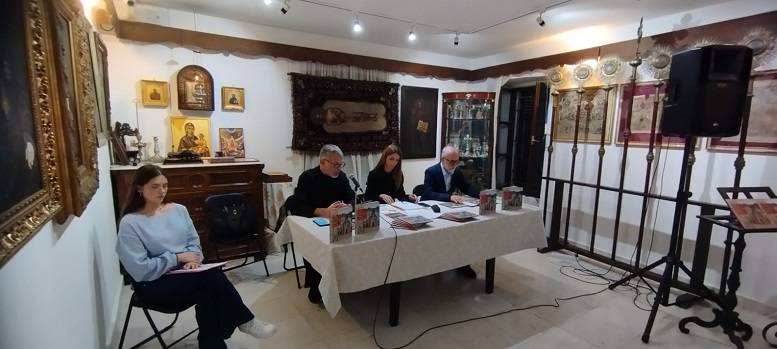


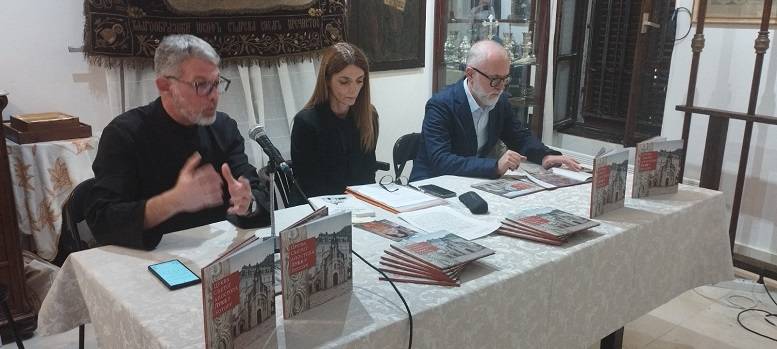



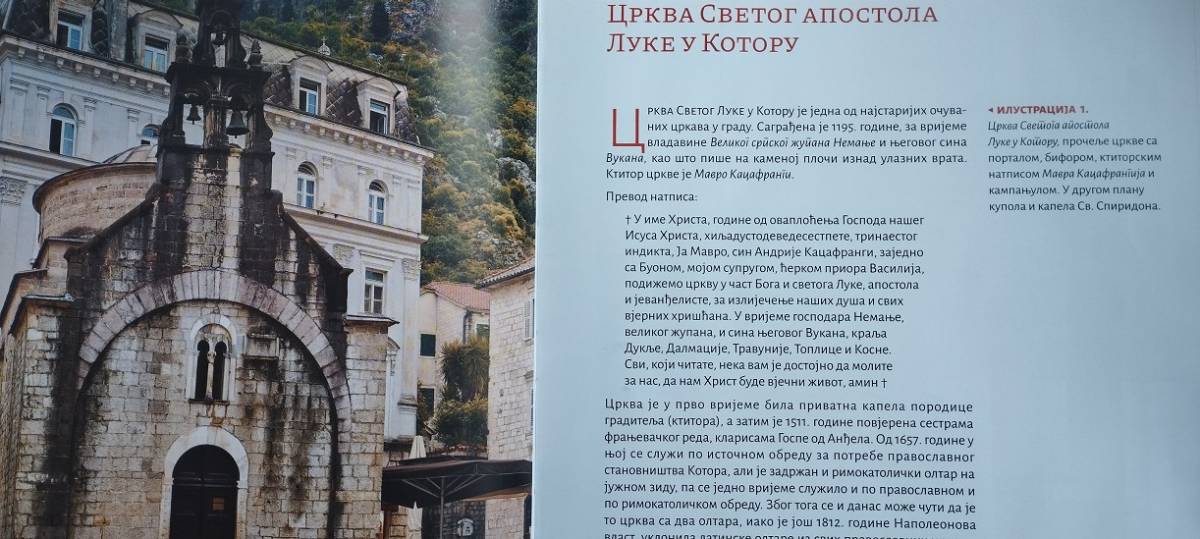
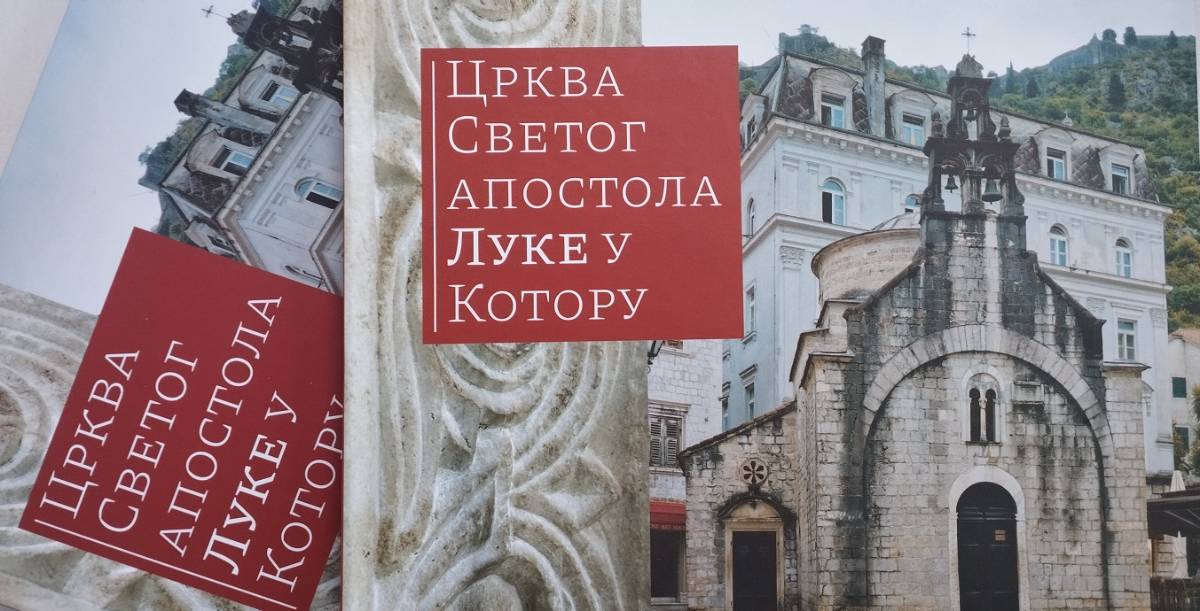




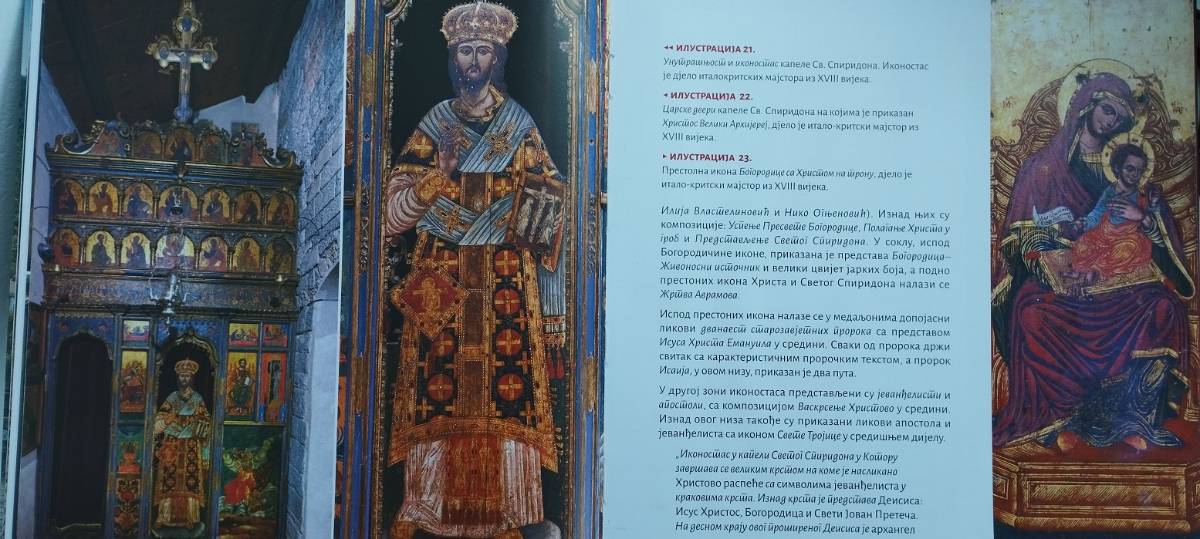


.png)